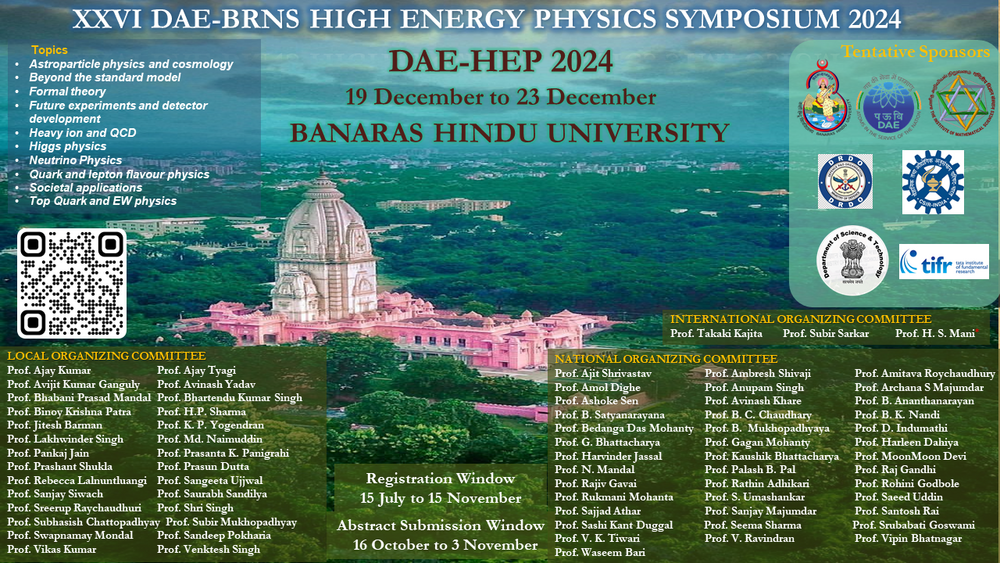Speaker
Description
MALTA2, the second generation of the MALTA family Depleted Monolithic Active Pixel Sensor, is a small collection electrode prototype fully fabricated using Tower's 180nm CMOS Imaging Sensor process. Various improvements have been implemented in MALTA2 higher doping concentration of the n$-$ blanket layer or the manufacturing on Czochlraskli substrates. Extensive radiation hardness studies have been conducted using proton beams at CERN SPS to check their suitability for future high-energy physics experiments. In this talk, the results of the radiation hardness study of the MALTA2 sensor from the 2023 CERN SPS test beam campaign will be presented. Sensors manufactured with a high-doping of the n$-$ layer irradiated to 1$\times$10$^{15}$ 1$-$MeV neq/cm$^{2}$, a maximum efficiency of 99$\%$ and an average cluster size of 2 was achieved. At the higher fluence level of 3$\times$10$^{15}$ 1$-$MeV neq/cm$^{2}$, the sensor achieved a maximum efficiency of 90$\%$ and an average cluster size of 1.3. Sensors fabricated on Czochralski substrates with a very high doping of the n− layer and backside metalization, irradiated to 3$\times$10$^{15}$ 1$-$MeV neq/cm$^2$, exhibit a maximum efficiency of 99$\%$.
| Field of contribution | Experiment |
|---|

